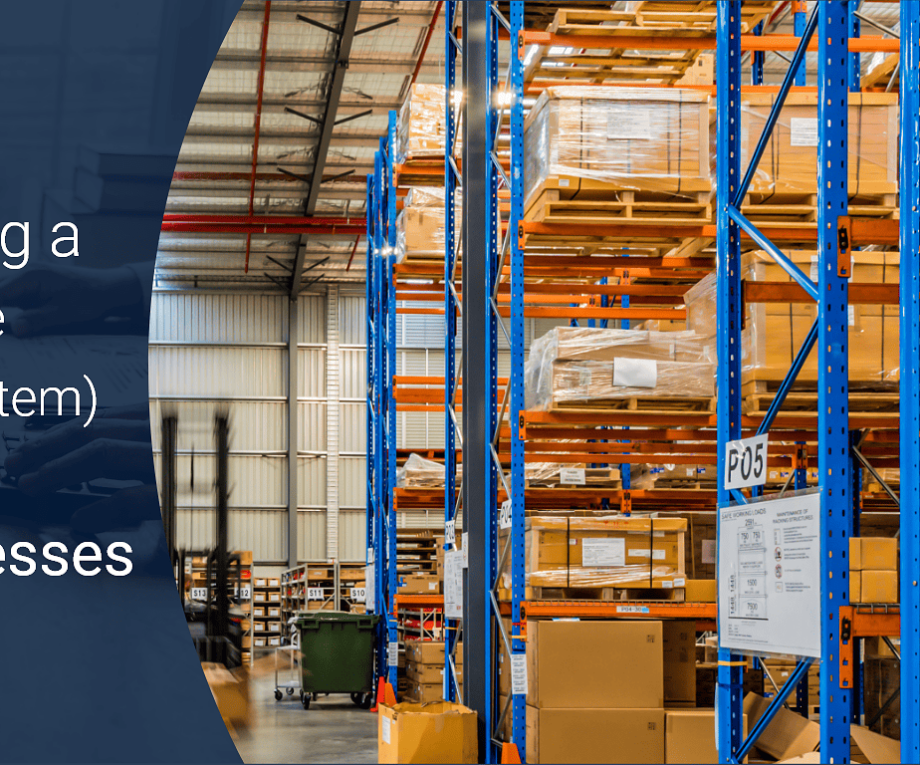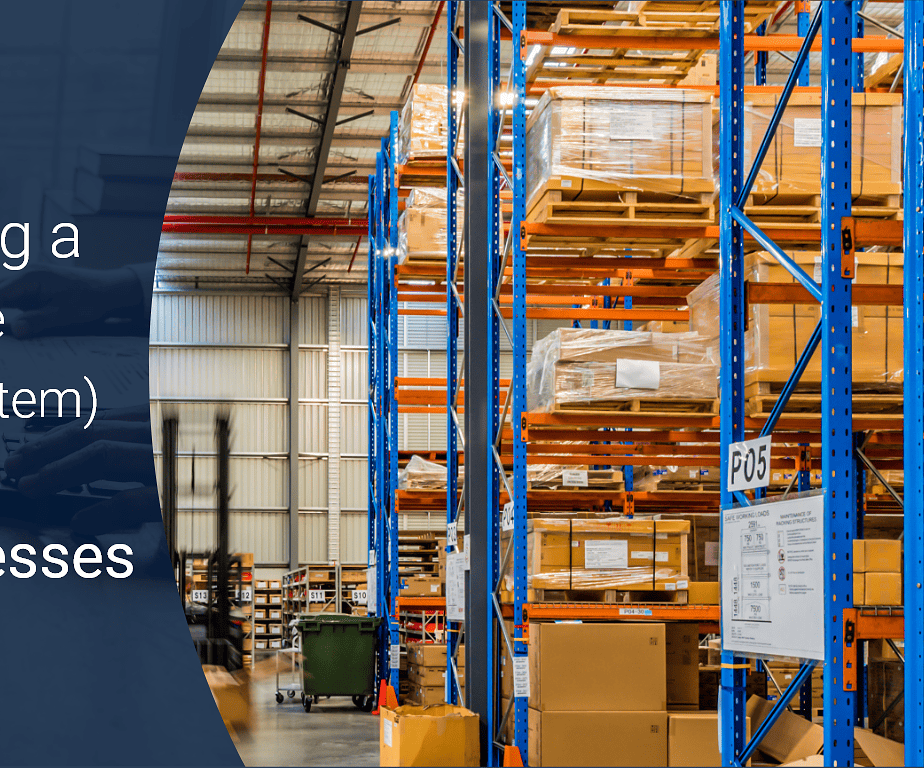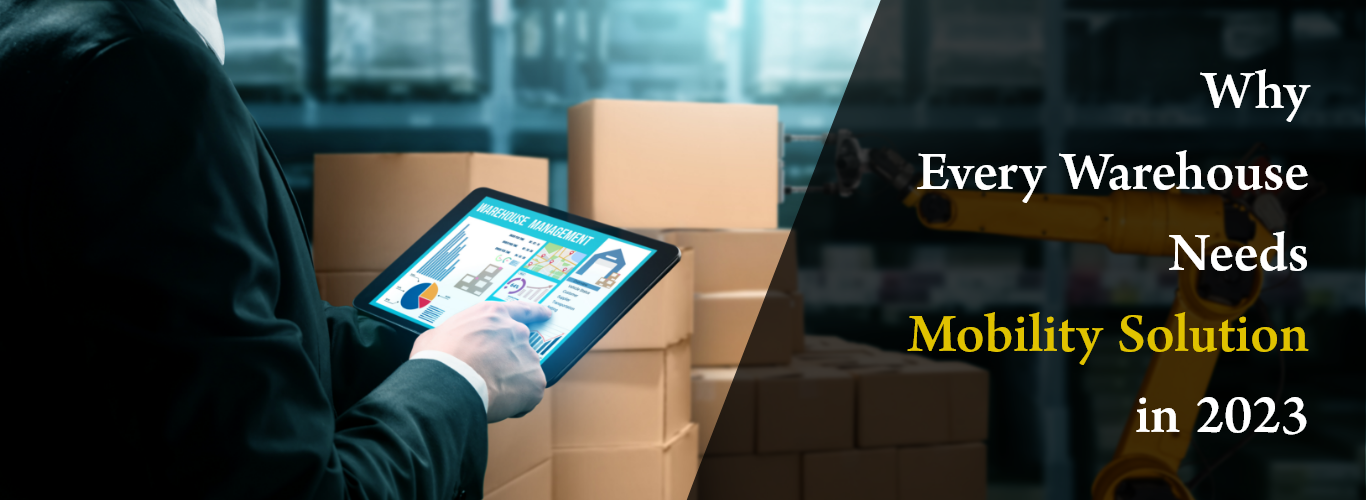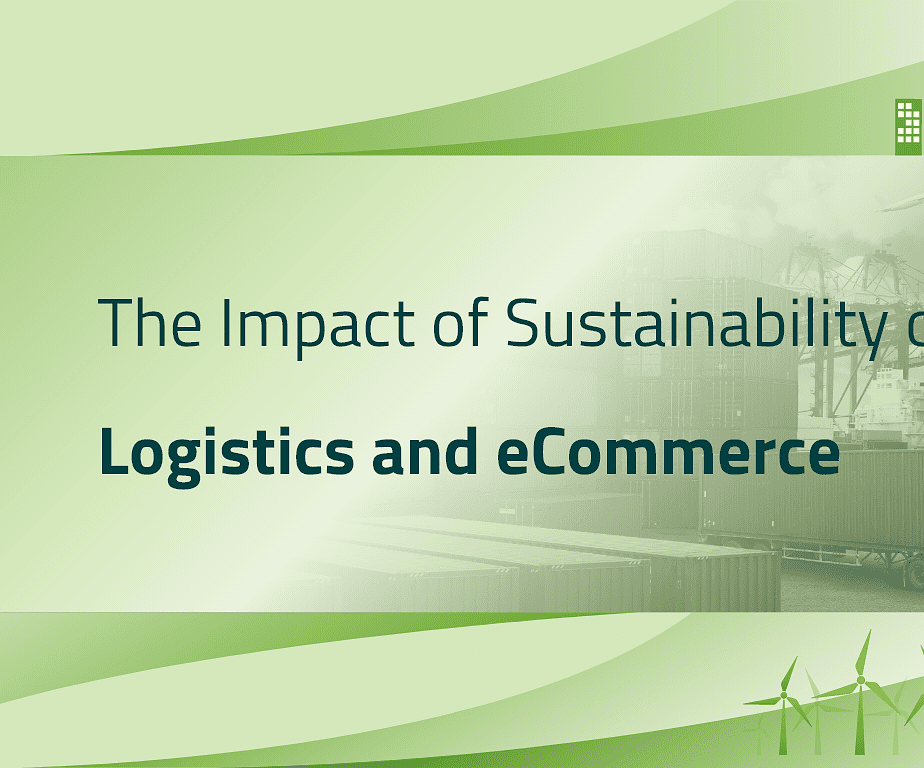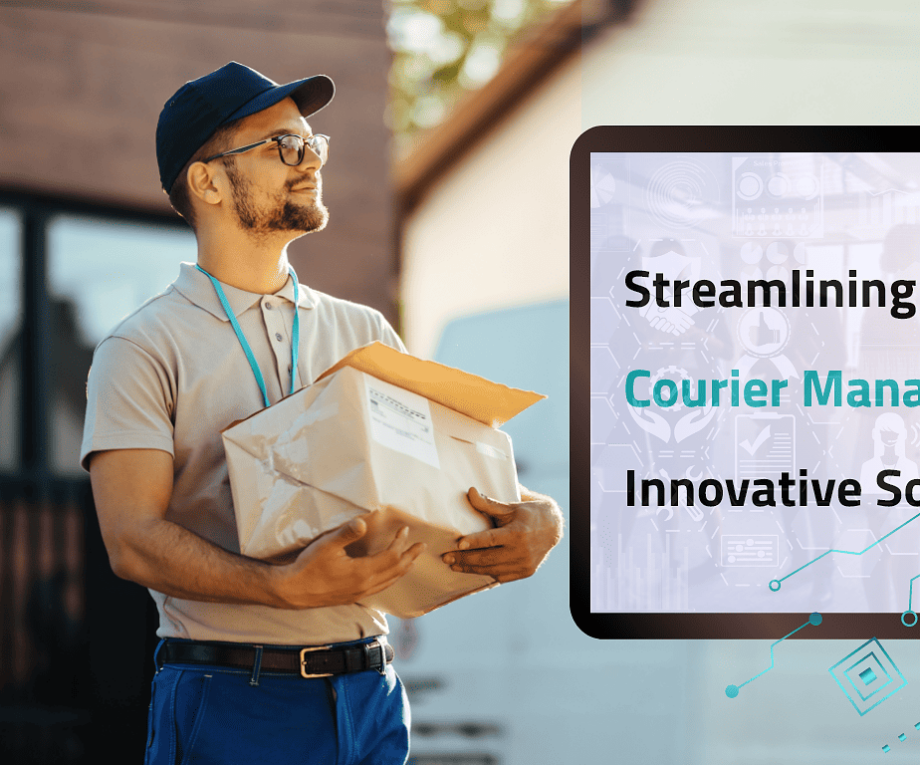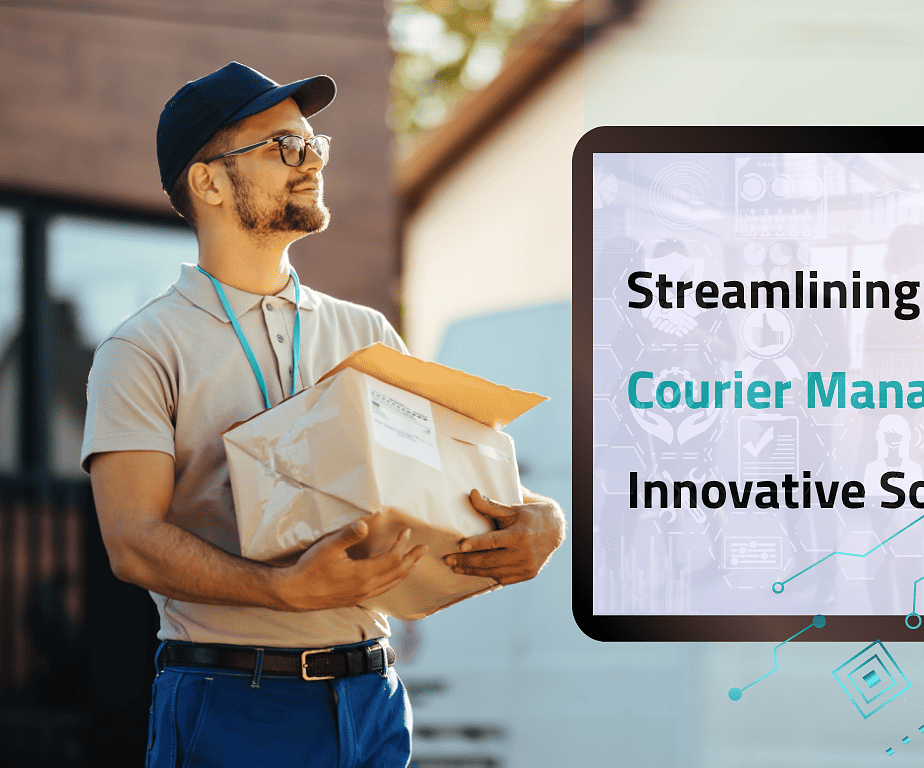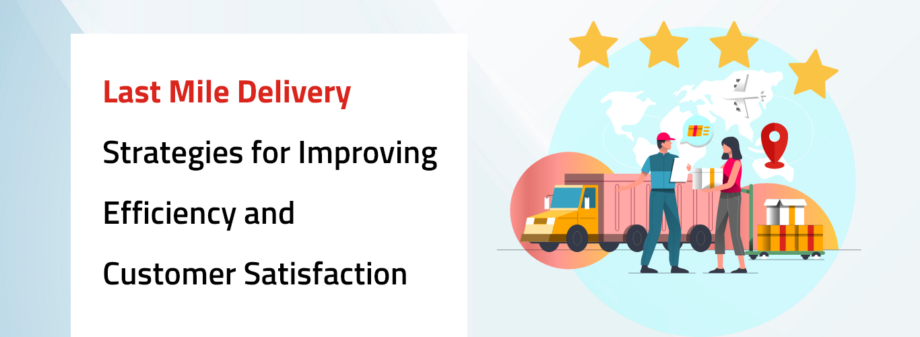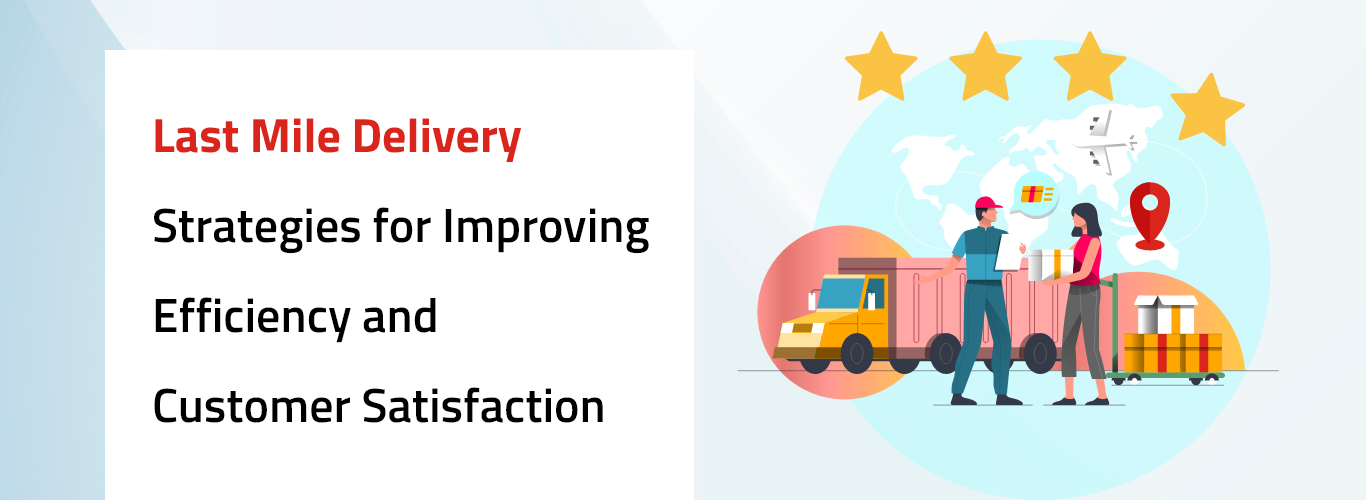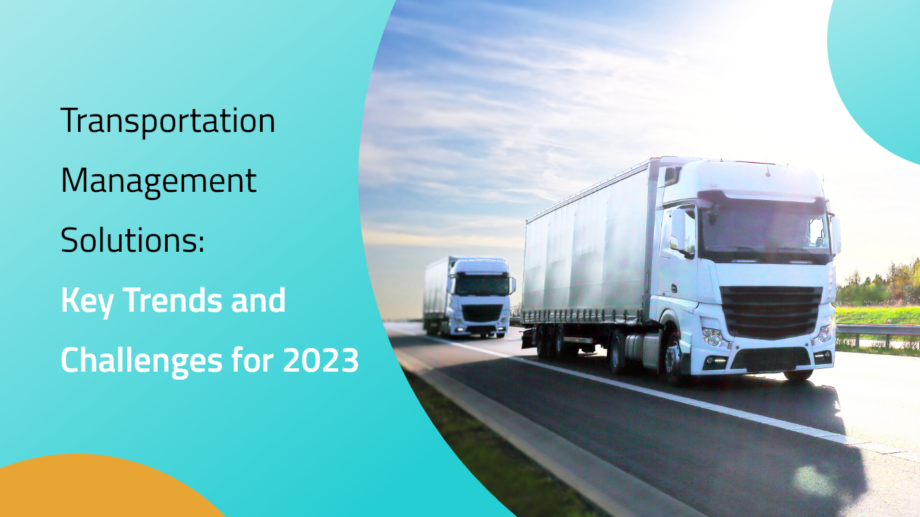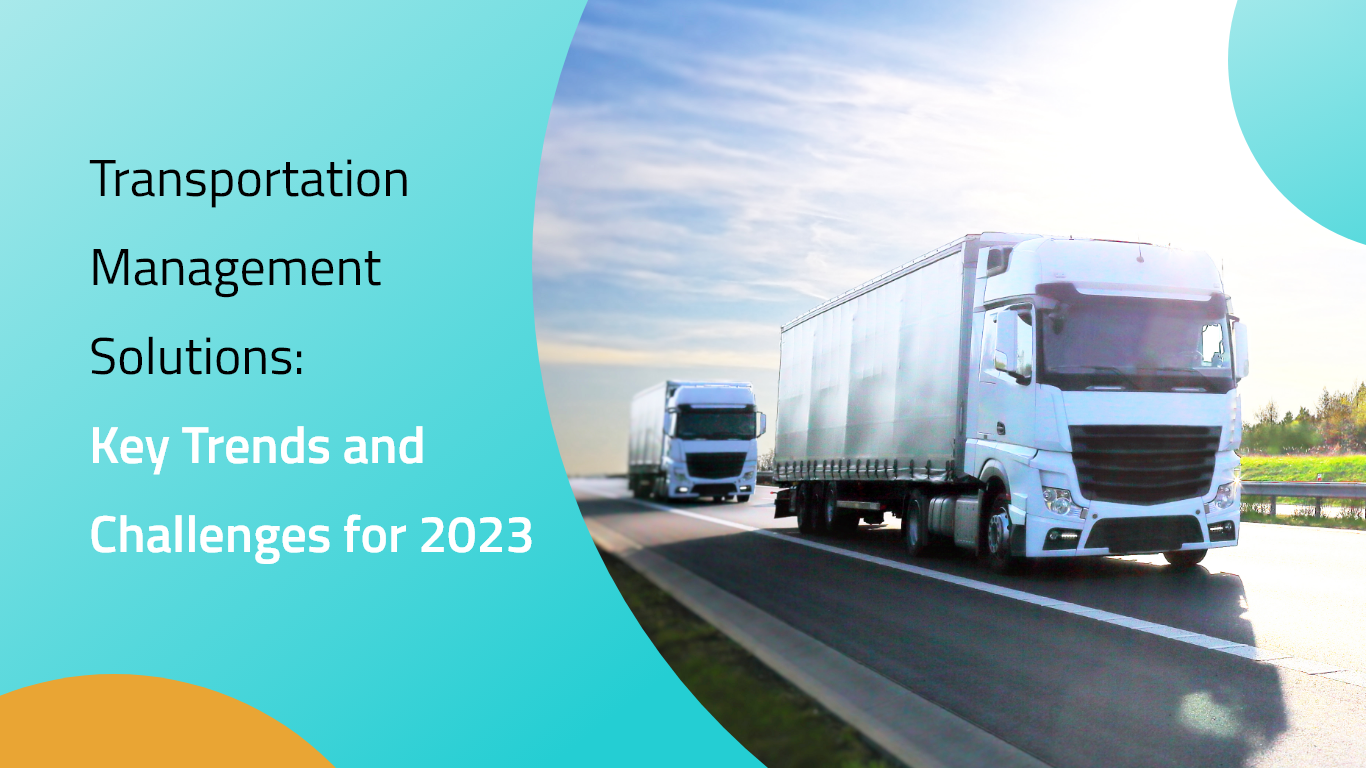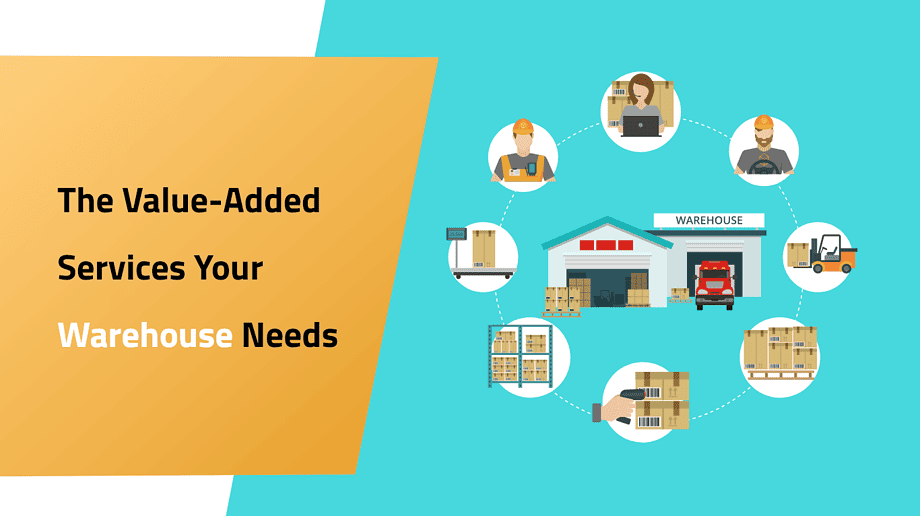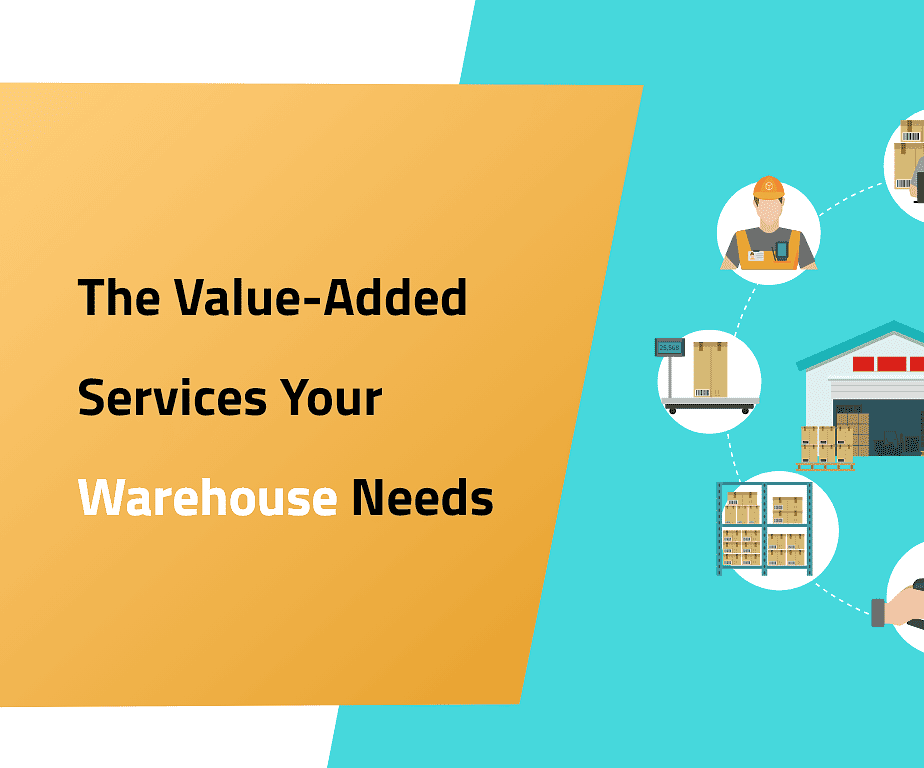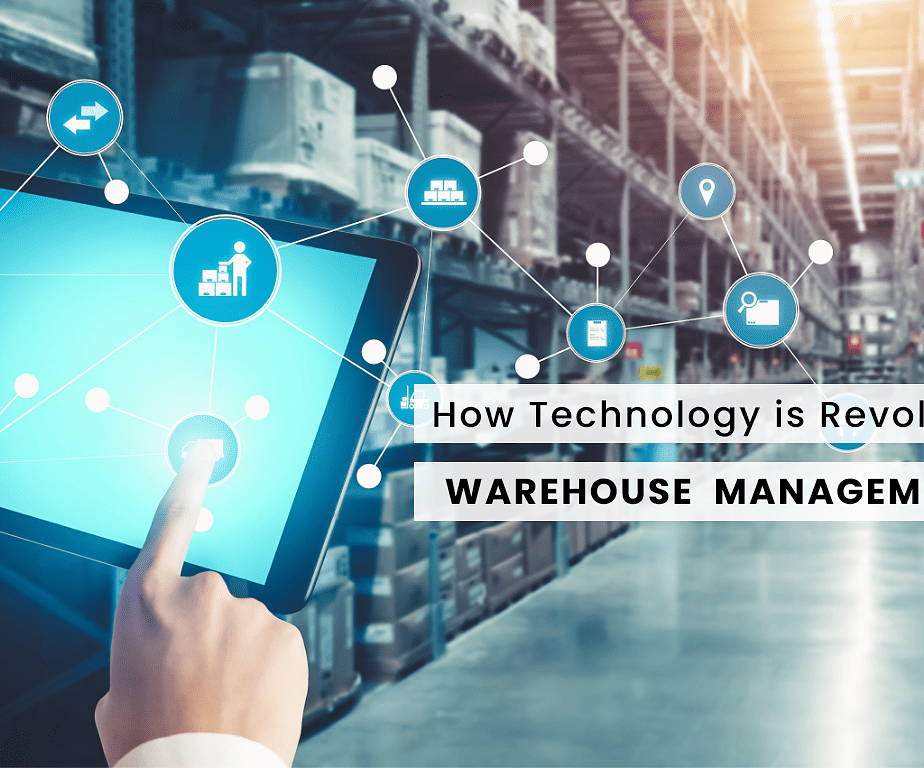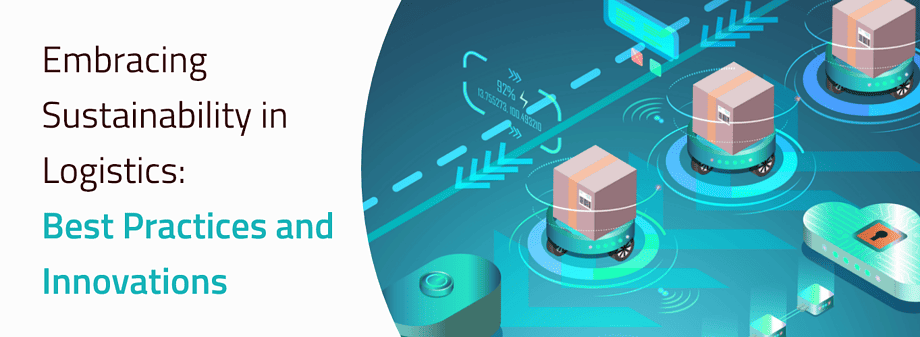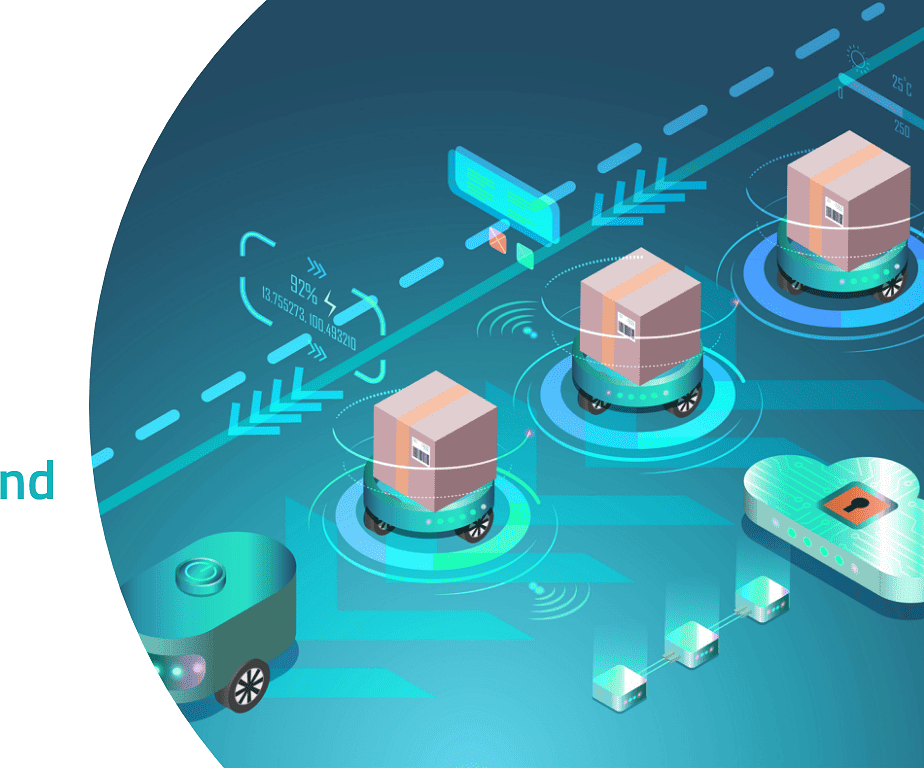Transportation management solutions (TMS) have become increasingly important in recent years as businesses seek to optimise their supply chains and improve their logistics operations. As we look toward 2023, there are several key trends and challenges that are likely to shape the TMS landscape.
As the transportation environment becomes increasingly complex, transportation management systems are being called upon more than ever to meet shippers’ needs. Industry analysts contend that TMS “just keeps getting better,” with much of that momentum being driven by end users that are continually asking vendors to fold more capabilities and functionalities into their software portfolios.
Transportation management in 2023 will be a battle to get cost and service under control while advancing organisational capabilities to be more resilient, address labour challenges, and make a positive impact on the environment.
Managing transportation is getting more complex as everything from fuel surcharges to a driver shortage to capacity constraints have made selecting the best and most economical mode, carrier, and lane choices extremely challenging.
The good news is that technology vendors have stayed in step with—and sometimes, even out ahead of—broader transportation trends, and now offer transportation management systems (TMS) that help shippers better operate this critical supply chain component.
Whether they’re built into a larger enterprise resource planning (ERP) system, served up individually by a best-of-breed software vendor, or offered as standalone, Cloud-based platforms, TMS helps companies plan, execute and optimise outbound and inbound shipments. The software helps shippers forecast their transportation needs, manage multiple carriers, track shipments and automate processes like tendering and load booking.And due to the complexities that were created by the pandemic, shippers now truly understand the value of using TMS to automate their transportation activities.
TMS just getting better
Brock Johns, a senior principal analyst at Gartner, Inc., says that TMS adoption has remained strong over the last few years.
“We’re in the middle of the research cycle for the 2023 Magic Quadrant, and based on our preliminary research and data, vendor growth has been strong in the TMS market,” says Johns. “Interest in TMS solutions continues to be very strong as well. We continue to forecast double-digit growth across the market, and especially for small- to mid-sized shippers where the barriers to entry for TMS adoption have receded over the last few years.”
As he surveys the TMS market, Johns sees a supply chain management software category that “just keeps getting better,” with much of that momentum being driven by end users that are continually asking vendors to fold more capabilities and functionalities into their software portfolios. What also helps is most TMS applications are now available in the Cloud and accessible to a wider swath of shippers.
Transportation Trends For 2023
Some of the transportation trends are discussed below:
1. The Network Effect
The first of the transportation trends is the network effect is at the heart of supply chain transformation. Essentially, the network effect exists when all components of the supply chain technology ecosystem work together to improve the performance of the end-to-end supply chain.
From a transportation standpoint, the network effect relies on communication between trading partners on a public cloud application to make freight moves more efficient. The more entities on the network, the more powerful the network synergies are. A network application can mean more efficiently matching loads with capacity, using visibility tools to predict more accurate ETAs, optimising routes, and ensuring that trucks can be loaded and unloaded as efficiently as possible. Sustainability is a byproduct of the network effect. The identification of good backhaul opportunities, load consolidation, and route optimization means fewer trucks on the road.
2. Transportation Management System Innovation
The second transportation trend is innovation in transportation management systems (TMS). Historically, transportation management systems have offered a strong ROI. The primary reason companies buy a TMS is for freight savings. These freight savings can be attributed to simulation and network design, load consolidation and lower cost mode selections, and multi-stop route optimization. As freight costs have continued to rise, companies have looked more and more to their TMS to mitigate these rising costs. A big reason for TMS growth is the fact that technology has been steadily improving over the last few years.
3. Time Slot Management
The third transportation trend is the growing importance and interest in Time Slot Management. Time slot management helps to organise warehouse resources to prepare for an incoming truck. The warehouse needs to know who is coming and when which begins with the ETA. Beyond that, warehouse workers need updates on what dock the truck is arriving at, when the truck is loaded, what papers they will pick up, what needs to be signed, and when they are leaving the warehouse or yard.
There are elements that are out of your control that will impact shipments. It is really just a matter of how much of an impact will be felt. Time slot management applications can help to reduce the impact of changes. Whether it is due to traffic jams, missed appointments, or a variety of other reasons, loadings, and unloadings will need to be rescheduled on any given day.
4. Autonomous Trucks
The fourth transportation trend is autonomous trucks. The jury is still out on autonomous trucks – there have been plenty of pilots and publicity, but are self-driving trucks ready to take to the roads in a critical mass? One of the biggest drivers for self-driving trucks is the driver shortage which continues to grow every year. However, autonomous trucks are not the quick solution to the driver shortage. Similar to autonomous robots within the warehouse, autonomous trucks are not here to replace human drivers. Instead, they are here to collaborate with drivers to make the task easier.
The practice of platooning seems to be a space where the reality of autonomous trucks could first make an impact. In these solutions, the lead truck is equipped with technology augmentation while a follower truck operates in tandem through a fully autonomous system.
5. Autonomous Last Mile Deliveries
The fifth and final transportation trend in the future of last-mile delivery. One of the most difficult and expensive aspects of the supply chain is the last mile and home delivery. However, from a customer experience standpoint, it is also the most memorable and possibly important. As e-commerce continues to grow, we are looking at autonomous last-mile deliveries as part of the solution.
2023 Forecast: Rising challenges
The year 2023 will probably be a “catch your breath” kind of year for shippers – a return to a “normal” year, or whatever passes for normal now.
Shippers will be focused on resiliency and strategically planning for the next transportation challenges that affect the supply chain. Now is the time to reassess transportation strategies and partnerships and do extensive scenario planning. Below are a few more predictions for the year ahead.
1. Rate Stabilisation
Truckload, LTL, intermodal, and ocean should all expect to see stabilization, and possibly further reductions, in rates. The parcel will likely continue to increase but at a much slower pace.
2. E-Commerce & Omnichannel Pressures
Demand for e-commerce will continue driving pressure for distributed deliveries and more B2C shipments. Shippers will rely more on automated route optimization to enhance transportation efficiencies and ensure each movement in the supply chain is in the right mode for the right price.
3. Demand Forecasting Challenges
Forecasting demand for products and transportation will present a challenge. Inventory build-ups due to supply chain sluggishness, a return to consumer spending in services, and economic inflation have everyone asking – what will happen to demand?
4. Labour Shortages
Strikes and slowdowns will add to labour challenges and reinforce the need for flexible, resilient supply chains. Companies will continue implementing automation solutions for repetitive, manual tasks to combat ongoing labour shortages.
Stay Informed And Adaptable In 2023
The year ahead will present transportation challenges and opportunities for the supply chain. Shippers will turn to automation, enhanced visibility, and dynamic solutions for routing and pricing to help them stay adaptable and meet the changing demands of the global economy.
To learn more about the transportation and logistics trends that will shape 2023 and how advanced Logix TMS control-tower solutions are leading the way, contact LogixGrid Technologies now.
Overall, the TMS landscape is likely to become more complex and challenging in 2023, as businesses seek to optimise their logistics operations and meet growing customer demands. However, by staying abreast of key trends and challenges, businesses can position themselves for success in this dynamic and rapidly-evolving field.

